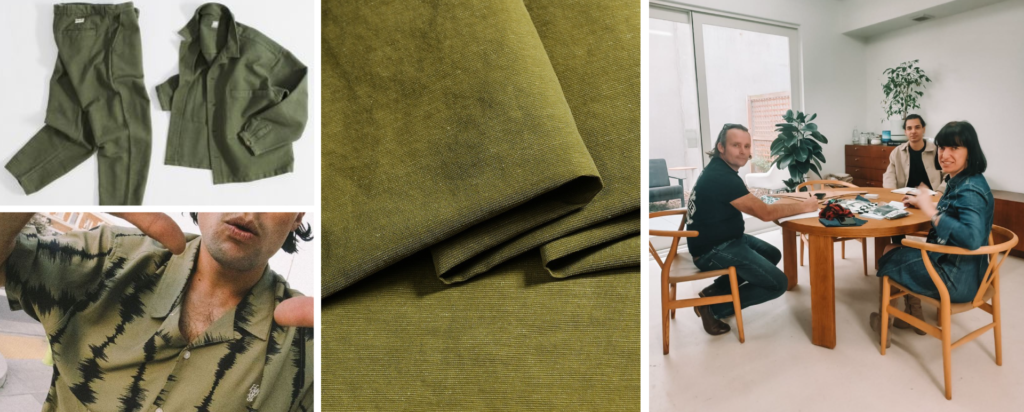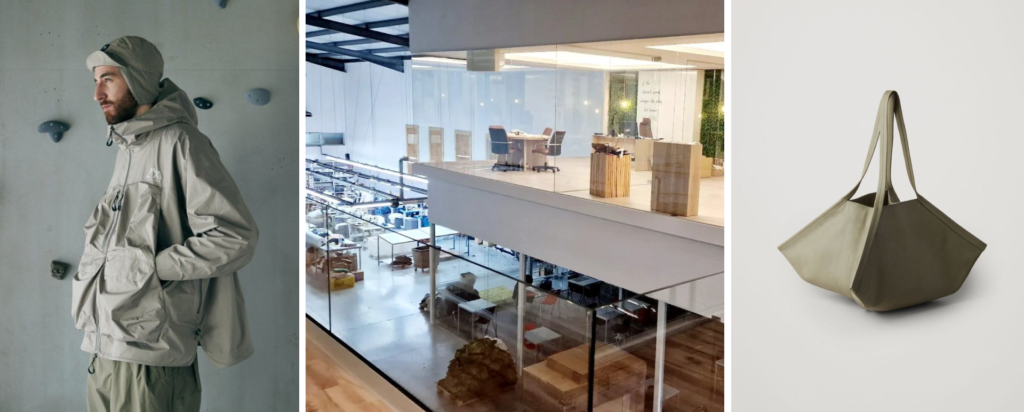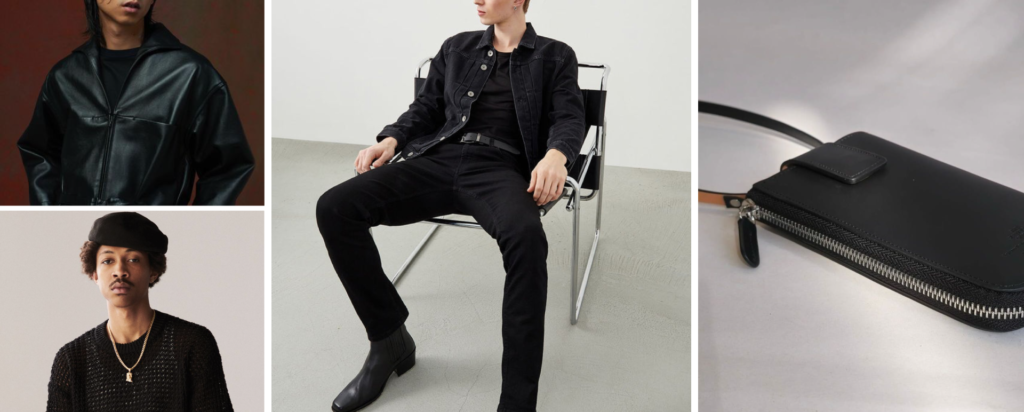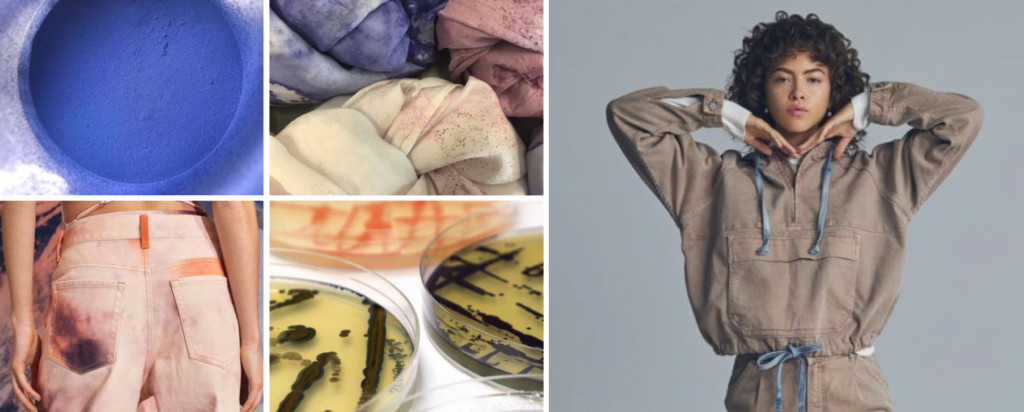The fashion industry in Australia is undergoing significant changes as brands adapt to shifting consumer expectations and the demands of supply and demand in apparel. With the rise of online shopping and the pressures of fast fashion, brands face the challenge of balancing consumer demand with sustainable and ethical production practices. One of the critical decisions for Australian brands involves garment manufacturing, specifically choosing between local (onshore) production and international (offshore) options.
This choice directly impacts costs, quality control, and sustainability, making it a central factor in the current Australian fashion scene. As the industry evolves, brands must remain competitive by aligning their production strategies with both market demands and their commitment to values, ensuring they can meet the rapid pace of changing trends while satisfying consumer needs.

The Impact of the Global Fashion Revolution
The global fashion revolution is reshaping how consumers interact with the clothing industry. Fueled by a growing desire for transparency and sustainability, modern shoppers are increasingly conscious of where their clothes come from, how they’re made, and the impact they have on the environment. As a result, many are turning to secondhand or vintage items or even opting to make their own clothes, seeking to align their purchasing habits with their values.
In Australia, consumers are not just looking for the latest fashion trends but also for brands that reflect their ethical and environmental concerns. The rise of fast fashion in Australia—and globally—has sparked a wave of greenwashing, where brands claim to offer sustainable products or practices without truly backing up their promises. For fast fashion companies, this is a convenient marketing tactic designed to give the illusion of responsibility, but it ultimately falls short of creating genuine change. These companies continue to exploit cheap labor, unsustainable resources, and wasteful manufacturing processes to maintain their profits. The fashion industry’s promises of sustainability often mask a reality of exploitation, pushing the burden of social and environmental change onto the consumer without addressing systemic issues.
As brands struggle to adapt to this growing demand for sustainability, consumers must be aware of the potential for greenwashing, ensuring that the clothing they buy truly aligns with their values. The global fashion revolution, while still in progress, signals a shift in power, where consumers are demanding not just better products but a better industry as a whole.

Shaping a More Ethical and Sustainable Future
As consumer awareness of the impact of garment manufacturing intensifies, there is growing pressure on brands to rethink their production processes and embrace more ethical and sustainable practices. Modern consumers are increasingly wary of purchasing from companies that do not demonstrate transparency in their supply chains. When they do purchase new clothes, they want to feel confident that they are supporting brands that prioritize fair wages, sustainable resources, and responsible environmental practices.
In Australia, this shift is not merely a trend but a fundamental challenge to the status quo. Many brands are re-evaluating their sourcing and production models to ensure they meet the demands for both quality and sustainability. A prime example of a sustainable material that Australia is renowned for is Merino wool. Although Merino sheep were introduced to Australia in 1797, originating from Spain, the wool is now synonymous with the country. Known for its natural properties, Merino wool is not only biodegradable but also highly versatile, breathable, and temperature-regulating, making it an ideal choice for eco-conscious consumers. Its production process is more environmentally friendly compared to synthetic fibers, with Merino wool often being sourced from farms that prioritize animal welfare and land management.
However, the rise of fast fashion companies has complicated this movement. These brands often engage in greenwashing—advertising themselves as environmentally friendly or socially responsible while continuing practices that harm the planet and its people. While consumers are eager to make responsible purchasing decisions, these deceptive practices create an illusion of contribution, making it more difficult to truly support ethical brands.
To navigate this complex landscape, brands must go beyond surface-level promises and engage in real, measurable change. Ethical sourcing, transparency in supply chains, and investments in circular economies and sustainable materials are essential steps toward reshaping the future of fashion. For example, companies like ours at Deepwear have a pivotal role by offering brands the tools and support needed to manufacture ethically and sustainably. Eco-friendly practices are in our design and manufacturing processes, and we help companies minimize waste, improve working conditions, and foster long-term sustainability. It’s a blueprint for an ethical and sustainable future—one where consumers can trust that their purchases align with their values, and brands can take meaningful steps toward a more responsible industry.

Changing Consumer Behaviors
As consumers become more educated about the social and environmental implications of their purchases, their behaviors are shifting in significant ways. In Australia, this change is particularly pronounced, with more people seeking clothing that reflects their values of sustainability, fairness, and transparency. The rise of secondhand shopping, the growing popularity of vintage clothing, and a surge in DIY fashion illustrate the growing reluctance to support brands that prioritize profit over ethics.
One significant shift in the market is the growing demand for brands that offer clear and transparent supply chains. Consumers today are less inclined to accept vague claims of sustainability or generic “eco-friendly” certifications. They want detailed insights into where their clothes are made, how they are produced, and under what conditions. While official compliance certifications and standards are important, Deepwear takes transparency a step further by utilizing our direct relationships with the factories we partner with, both in Australia and globally. Our team personally conducts audits at these production facilities to ensure they meet our rigorous ethical and environmental standards.
This hands-on oversight provides our clients with a distinct advantage, offering unmatched transparency and control over the entire manufacturing process. In Australia, this heightened focus on sustainability is reflected in a surge of consumer preference for ethical brands, particularly those utilizing sustainable materials or implementing garment recycling initiatives. At the same time, there is a growing trend of “buying less but buying better.” Instead of chasing the latest fashion trends and indulging in fast fashion, Australian consumers are opting for higher-quality, longer-lasting garments. They are making thoughtful purchasing decisions, willing to pay a premium for items that are durable, ethically produced, and environmentally responsible. This shift represents a significant departure from the fast fashion model, which is driven by rapid consumption and disposable culture.
Brands in Australia must adjust to these changing consumer expectations by offering products that emphasize quality over quantity, embracing eco-friendly materials, and promoting transparency in their manufacturing practices. The result is a more conscious consumer base, one that is helping drive the fashion industry toward a more ethical and sustainable future.
Onshoring vs Offshoring: Trends in Garment Production
The decision between onshoring and offshoring remains a critical consideration for brands looking to expand or refine their garment production strategies. While onshoring offers advantages in terms of sustainability, supply chain transparency, and reduced carbon footprints, it also comes with higher production costs. In Australia, onshoring offers a significant opportunity for brands to meet these expectations by providing more traceable, locally produced garments.
For brands exploring expansion or the possibility of onshoring, Deepwear can serve as an ideal project management partner. With an office located in Mebourne, Australia, our team is well-positioned to offer hands-on, personalized project management. From ensuring compliance with local regulations to overseeing production timelines and quality control, Deepwear’s local presence ensures that every aspect of your project is meticulously accounted for, giving you peace of mind that your manufacturing aligns with your brand values and sustainability goals.
However, we understand that not every brand may want to pursue onshoring, especially when considering factors like cost, scale, and production timelines. In these cases, Deepwear’s extensive global network of trusted manufacturing partners provides an ideal alternative. Given Australia’s proximity to key manufacturing hubs in Asia, offshoring provides an ideal solution for maintaining competitive pricing while accessing skilled labor and efficient supply chains. While Bali may seem like a convenient option, its reputation for garment production has diminished over the past few decades, making it less favorable compared to other manufacturing destinations. Instead, regions such as China, Vietnam, Thailand, and India continue to stand out as reliable choices. Deepwear’s on-the-ground teams in these countries provide a significant advantage, offering hands-on oversight at every stage of production. By leveraging local expertise, we ensure quality control, compliance with ethical and environmental standards, and streamlined communication between brands and manufacturers. These regions offer an ideal balance of sustainability, scalability, and cost efficiency, making them well-suited for brands with larger-scale projects or tighter margins.Ultimately, the choice between onshoring and offshoring depends on the unique needs of your project. Deepwear’s expertise across these key global manufacturing hubs means that we can help you navigate this decision, offering advice on the best solution based on your brand’s goals and production requirements.
For more information, check out our Onshore vs. Offshore: Which is Better for Australian Brands? blog for detailed insights into the benefits of each option and how Deepwear can support your brand’s expansion plans.

Future Predictions: Where Is the Industry Headed?
The Australian fashion industry is undergoing significant transformation, driven by shifting consumer behavior, environmental considerations, and advancements in technology. As we look toward the future, several key trends and statistics provide insight into where the industry is headed, and how brands can prepare for success.
- Recommerce Growth:
The projected doubling of recommerce revenue in Australia’s fashion e-commerce market by 2029, from $4.3 billion USD in 2024, signifies a clear shift toward circular fashion. This is in line with global trends where consumers increasingly value second-hand, resale, and rental models over traditional retail, particularly for cost savings and sustainability. The stat reinforces the growing importance of recommerce platforms in shaping the future of fashion consumption. - Sustainable Fashion Trends:
With a strong consumer push for eco-friendly products and 70% of shoppers skeptical about greenwashing, brands are being pressured to back their sustainability claims with transparent supply chains and concrete actions. Initiatives like ⦁ Seamless aim to address this skepticism by fostering circularity and incentivizing sustainable practices. This signals an industry moving towards a more ethical, circular structure, though challenges remain in balancing price, quality, and sustainability. - Market Growth and User Engagement:
The 9.99% CAGR from 2024 to 2029 in Australia’s fashion market indicates robust overall growth, with projected revenues of $12.29 billion USD by 2029. This growth is driven by increased digital penetration (63.3% in 2024 to 81% by 2029) and higher ARPU ($460.80 USD per user). These numbers show that the fashion industry in Australia will remain dynamic, particularly in the e-commerce sector, which aligns with the rise of recommerce and digital-first consumer behaviors. - Fast Fashion vs. Circular Economy:
Although fast fashion remains significant, the Australian market’s gradual pivot toward circularity is evident. Programs like Seamless aim to achieve circular business models and reduce textile waste by 2030, indicating a future where recycling and reuse will likely become mainstream. However, 200,000 tons of clothing still ending up in landfills annually highlights the pressing need for further innovation and consumer education.

Deepwear – Sustainability at the Core
As the fashion industry in Australia evolves, sustainability is no longer a choice but a necessity. At Deepwear, sustainability isn’t just a buzzword—it’s in our DNA. From transparent sourcing to ethical garment manufacturing, we are committed to aligning with the highest standards of environmental and social responsibility.
For Australian brands looking to navigate this new landscape, partnering with Deepwear ensures a seamless blend of quality, innovation, and sustainability. Whether you’re exploring onshore production within Australia or leveraging our trusted global networks in China, Vietnam, Thailand, and India we tailor our approach to your specific project needs.
Our commitment to sustainability means that while we can negotiate strategies to meet your goals, we will never compromise on our standards. At Deepwear, we don’t just support your brand’s growth—we help build a future where fashion is both responsible and inspiring. Partner with us to lead the change, one ethically crafted garment at a time.